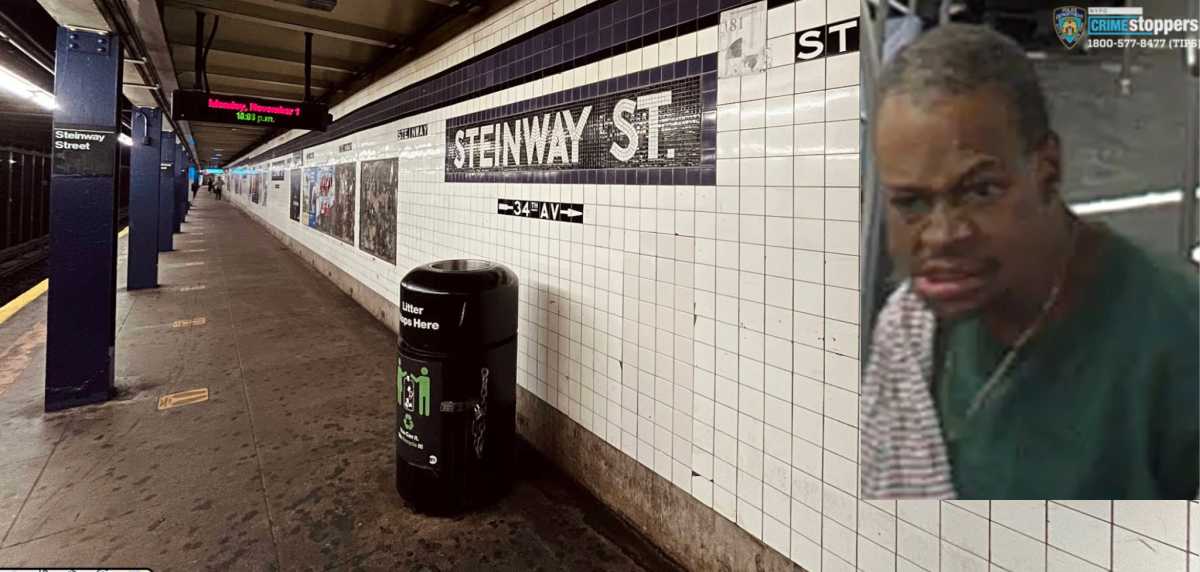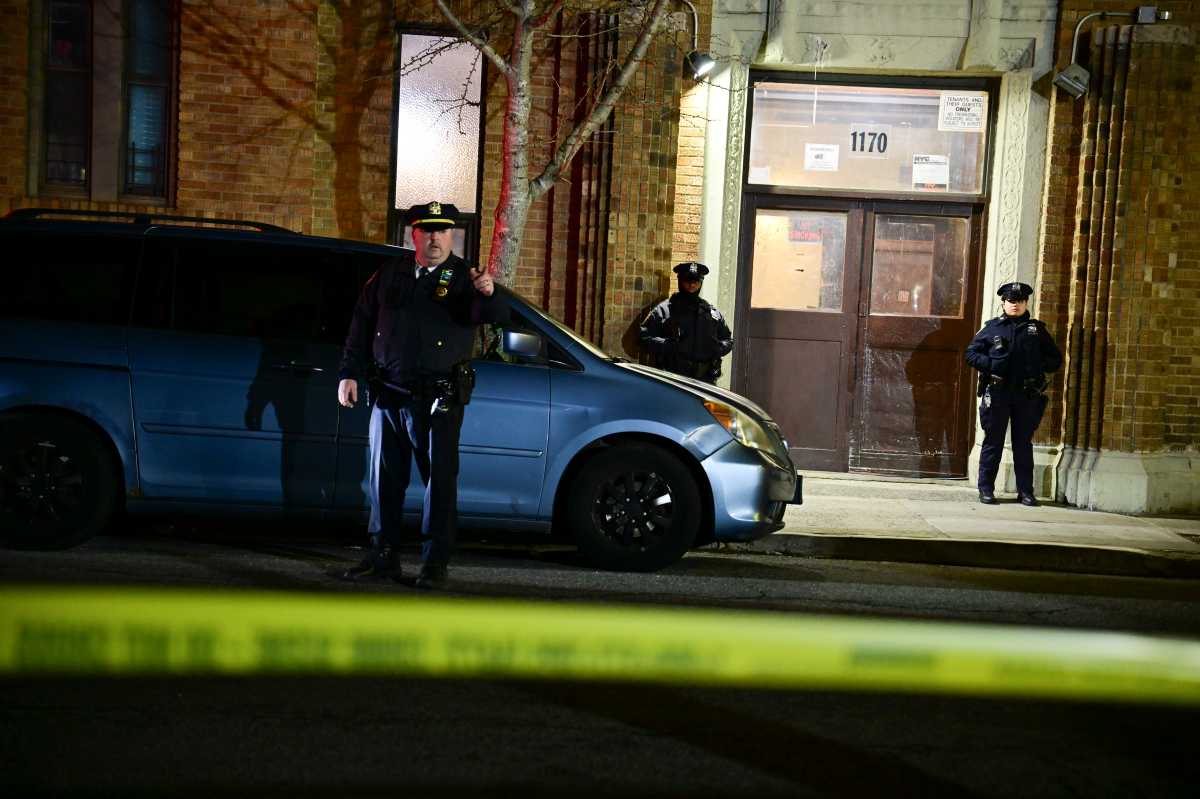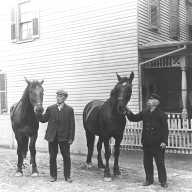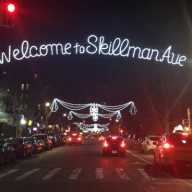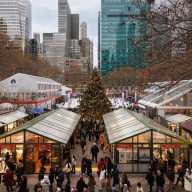You can call them the New York City flu fighters.
After months of studying, analyzing and planning, the city released an extensive strategy designed to protect New Yorkers from the deadly H1N1 virus that originated at the end of the 2008 school year.
“Today is the first of what will be many efforts to keep New Yorkers informed about what we are doing to prepare for the return of the H1N1 and seasonal flu,” Mayor Michael Bloomberg said on Tuesday, September 1. “We can’t predict this year’s flu season, but we can make sure that city government is fully prepared for whatever happens.”
During the past five months, representatives from 15 city agencies have been working together to develop the blueprint, which includes helping people manage their symptoms and find care, working with hospitals to ensure adequate emergency room capacity and designating primary-care clinics as “flu centers” if the need arises.
In addition to briefing the public on Tuesday, city officials also met with local elected officials and representatives from different fields who may come into contact with the H1N1 virus to discuss the plans.
The city’s strategy came just days after a report from the Centers for Disease Control and Prevention that said 800,000 city residents – or 1 in 10 people – contracted the H1N1 virus last year. In total, 54 people died from complications or as a result of the virus last year.
One of the biggest areas of focus surrounding the H1N1 virus is the city’s schools, which are due to open to students on Tuesday, September 8, since the virus has shown signs of affecting younger people – unlike the traditional seasonal flu.
The city has a three-pronged strategy for tackling the H1N1 virus this school year, which includes vaccination, monitoring and infection control – but not closing schools like last year.
“We do not plan to close schools because they have flu activity; we are going to focus on preventative measures,” said Schools Chancellor Joel Klein.
When an H1N1 vaccine becomes available – officials believe it will likely be sometime in October – the city will offer free vaccinations to school children in all elementary schools, both private and public, as well as to older children at centralized sites throughout the boroughs. Only children with consent from a parent or guardian will receive a vaccination.
New York City Health Commissioner Thomas Farley said that preliminary estimates have the city initially receiving1.2 million vaccines from the federal government and then an additional 500,000 vaccines each week thereafter. Farley said that should be a more than adequate supply for the city.
Under a new NYC Service Initiative, hundreds of volunteers known as “Flu Fighters” will visit senior centers, houses of worship, schools and other locations to talk about the importance of receiving a vaccination.
Meanwhile, the city will provide daily updates on the H1N1 virus at www.nyc.gov/flu. This will include information on schools that are reporting five or more influenza-like cases on the previous day. Beginning in October, the web site will allow resident to search by borough or zip code in order to find the closest source of non-emergency care.
Although the city is preparing for a heightened outbreak of the H1N1 virus, Bloomberg maintained that there is no evidence that this year’s strain will be any more serious than last year’s, which was much milder than the seasonal influenza.
“The vast majority of people who catch the flu will not need to go to the hospital, and they won’t experience any long-term consequences,” Bloomberg said.







